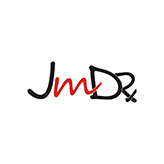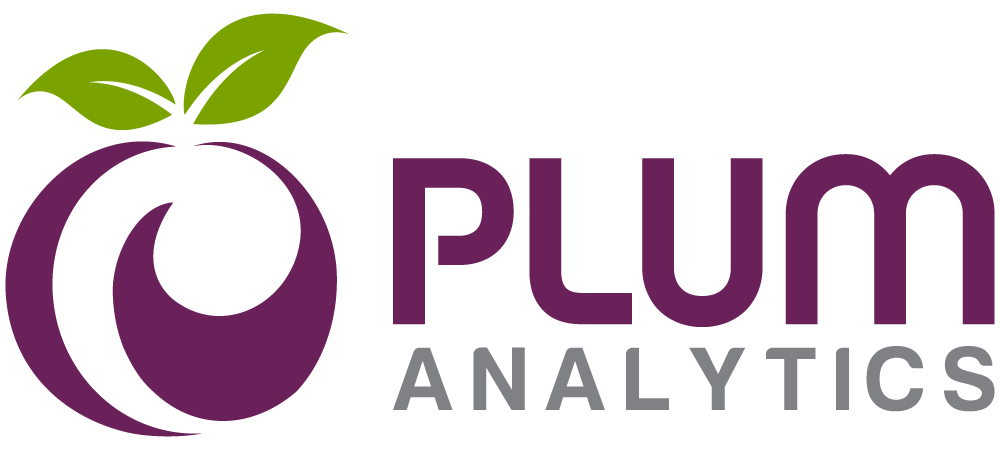

Journal of Multidisciplinary Dental Research
DOI: 10.38138/JMDR/v11i2.25.watted
Volume: 11, Issue: 2, Pages: 49–61
Original Article
N Watted1,2,∗, A Watted3, N Tödmann3, M Abuhussein4
1Department of Orthodontics and pediatric Dentistry, Arab American University, Jenin, Palestine
2University Hospital of Würzburg, Julius-Maximilians-University of Würzburg, Germany
3Department of Cranio-Maxillo-Facial Surgery, University of Hannover, 30625 Hanover, Germany
4Department of Pediatric Dentistry, University of Athens, Greece
*Corresponding Author
Email: prof.watted@icloud.com
Prof.watted@gmx.net
Received Date:10 July 2025, Accepted Date:04 August 2025, Published Date:19 November 2025
Although adult patients undergoing combined orthodontic-orthognathic treatment represent a numerically small proportion of those receiving orthodontic therapy, such cases pose a particularly complex challenge to the interdisciplinary treatment team with regard to defining individualized treatment goals and planning. In patients with Class III dysgnathia and facial asymmetry, facial harmony is often primarily disrupted in the vertical, sagittal, and transverse dimensions. The skeletal lower face—and consequently the vertical soft tissue profile—is typically enlarged in relation to the midface. In these cases, a causal correction of facial imbalance can only be achieved through a combined orthodontic-orthognathic approach. This may involve surgical lengthening (in cases of "short-face syndrome") or reduction (in "long-face syndrome") of the interbasal angle between the maxilla and mandible. Treatment outcomes must not be evaluated solely on the basis of occlusal correction or functional restoration but must also meet the patient’s aesthetic and cosmetic expectations. Therefore, therapeutic measures must be coordinated to ensure both functional improvement and a harmonious facial appearance. The present work aims to contribute to the understanding of Class III dysgnathia by highlighting the typical deviations in skeletal and particularly soft tissue configuration and contrasting these with the parameters of an aesthetically balanced facial structure.
Keywords: Laterognathia, Class III dysgnathia, Impaction, Autorotation, Aesthetic axis, Function, Aesthetics, Stability
© 2025 Published by International Dental Educationists’ Association (IDEA). This is an open-access article under the CC BY license (https://creativecommons.org/licenses/by/4.0/)
N Watted, A Watted, N Tödmann, M Abuhussein. An Integrated Concept for Orthodontic-Orthognathic Treatment – Management of Class III Dysgnathia with Laterognathia. J Multi Dent Res. 2025;11(2):49–61. https://doi.org/10.38138/JMDR/v11i2.25.watted
Subscribe now for latest articles, news.

